What is AdBlue?
Is your car telling you to top up your AdBlue? It could refuse to start if you don’t. Read what AdBlue is and how to top up

The latest generation of diesel cars is the cleanest there has ever been - with better efficiency and improved technology meaning their emissions are very similar to what you'd see from petrol alternatives.
Diesels are increasingly unwelcome in cities and towns, but they’re still the best choice of engine for buyers who do lots of miles or sit on the motorway for long periods of time. New diesel cars tend to be more fuel-efficient than older models, but they’re also less polluting with fewer carbon emissions than before.
That's partly because nearly all newer diesel cars and vans use AdBlue: an additive that's mixed with exhaust gases to convert toxic emissions into harmless substances. It's not always obvious which cars use AdBlue, so the first time that many drivers realise is when it's starting to run low and a light pops up on the dashboard display, telling you to "top up AdBlue".
If this happens, then you'll need to take action. If you continue to ignore the message from your car, it will refuse to start.
What is AdBlue?
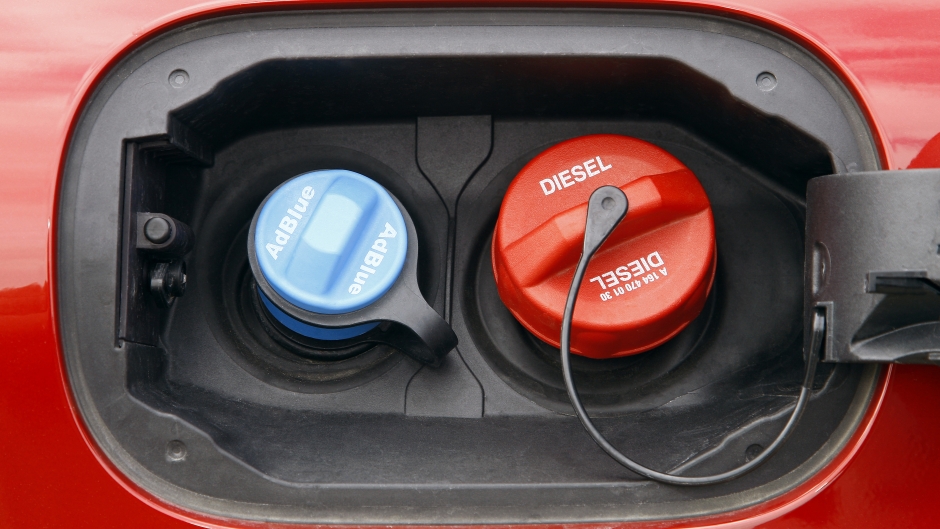
AdBlue is a non-toxic liquid that’s injected into the exhaust of diesel cars, It reacts with harmful nitrogen oxides, breaking them down into water vapour and nitrogen. Most major car manufacturers use AdBlue to ensure their diesel vehicles comply with the latest emissions standards, as these cars would probably not pass an emissions test without it.
Mainly extracted from animal urine (yes, really), AdBlue was initially most likely to be found in large cars, including SUVs because these cars generally need bigger, more powerful engines, which tend to be more polluting. Now, you’ll struggle to find a post-2015 diesel that doesn’t use AdBlue, given how strict the current emissions legislation is. So the fluid must be kept topped up or cars will not start.
The liquid is stored in a tank, usually found next to the fuel filler cap. Your handbook should be able to help you find yours. Some tanks only require filling during services, while others are much smaller and require filling more often. Some need filling every 5,000 miles or so - and some could go on as long as 10,000 or 15,000 miles.
AdBlue is also referred to as Diesel Exhaust Fluid (DEF).
Which cars use AdBlue?
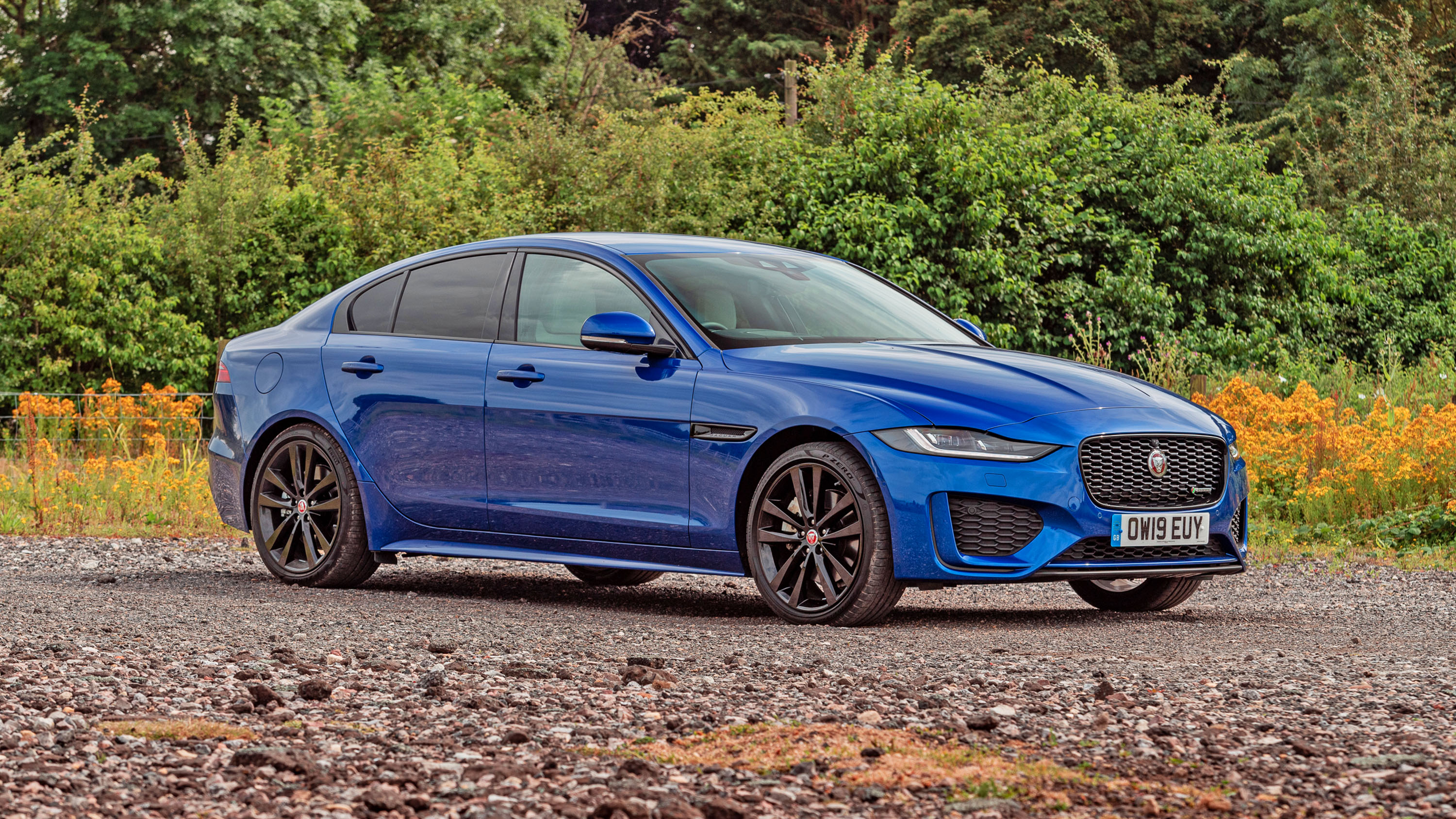
If you have a relatively new diesel car, then it will almost certainly use AdBlue. Petrol cars don’t use it because they don’t produce the same quantities of nitrogen oxide that diesels do, so they can meet the latest emission standards more easily.
Generally, you'll be able to see a small cap next to your fuel filler cap, but most Land Rovers and some BMWs are filled up under the bonnet and Peugeots are topped up through the boot. These are some of the cars that use the emission-reducing fluid:
How often does my car need an AdBlue refill?
This all depends on the size of the AdBlue tank in your car, and how the car is driven.
Volkswagen estimates that you’ll use around 1.5 litres of AdBlue every 620 miles. Land Rover suggests a litre every 500 miles but warns that twice as much could be used depending on your driving style: if you accelerate hard and use more fuel, then you’ll be using more AdBlue.
Mercedes claims that its cars are designed with a tank that’s big enough to last between services, which is more likely to happen if you drive economically. You may be able to stretch to 10,000 miles between refills in some Audis: certain models allow you to double the size of the tank, free of charge, to reduce the frequency of fill-ups.
Where to buy AdBlue?
There’s no difference between the liquid used in different cars: AdBlue is the same for every manufacturer. It’s made under licence by several companies to a standard called ISO2224-1. As long as the liquid you buy conforms to this standard, then you can safely put it into your car.
Your AdBlue will usually be topped up as part of your car’s service, but you may need to top it up in between. On average, the price of a ten-litre bottle is £13. You can buy online from general retailers such as Amazon or Euro Car Parts. Halfords sells the liquid too, as do most petrol stations.
You should also be able to buy bottles from a dealership, where you’ll be offered the option of having it filled up by a mechanic. This is likely to be a more expensive option for a relatively simple task.
Many filling stations already have AdBlue pumps for lorries, alongside petrol and diesel. These aren’t meant for cars because the liquid comes out too quickly for their smaller tanks, but there are plans for a network that can be used by car drivers. Lorries also travel hundreds of miles a day, so need to top up on AdBlue far more frequently than car drivers.
Can I top up AdBlue myself?
Yes: it’s not much more complicated than opening the AdBlue filler cap and pouring the liquid in. Your dealership may promise to top up the liquid when your car is serviced, but here’s how to do it if you need to top it up yourself.
Most bottles come with a nozzle or spout that locks into the filler tube to prevent any spillage. That’s important because AdBlue is highly corrosive and can damage paintwork. It needs to be washed off immediately with water if any lands on your car (or hands).
Small 1.5 to 2-litre bottles are expensive but have an effective spout that prevents spillages. One dealership that BuyaCar spoke to suggested using one of these bottles and then cutting the bottom off, so that it could be used as a funnel while refilling the AdBlue from a larger bottle.
Manufacturers advise against storing bottles of AdBlue in your car because if it were to leak, it could cause water and corrosion damage to your car.
How do I know when the AdBlue is running low?
Diesel cars that use AdBlue will display a dashboard warning when the fluid falls to a certain level, and may reduce their performance after a certain time. VW models display a warning message and sound an alert at 1500 miles.
Subsequent warnings appear every 62 miles or so until at around 1000 miles the warning turns amber and the alert is repeated every 31 miles. If these warnings are not acted upon, the warning message turns red and the car will not restart when it has been switched off. Only after a top-up will it restart.
There's no standard warning symbol. Volkswagen uses an image of a bottle being poured, Mercedes has a picture that's similar to a fuel warning light. Land Rovers display a message that warns: "DEF level low".
What if I accidentally put AdBlue in the diesel fuel tank?
It's unlikely to happen - even in cars where the AdBlue filler cap is next to the fuel cap, because the two have different colours and use different-size nozzles. However, on the off-chance that it does happen, and you realise quickly, do not start the engine. If you do, this will pump the corrosive AdBlue through the engine, which is likely to leave you with a hefty repair bill, or even needing a replacement engine. Instead, you'll need to get a breakdown service to drain your fuel tank.
What if I accidentally put diesel in the AdBlue tank?
This is even more difficult because a fuel nozzle shouldn't be able to fit in the AdBlue tube. If it does, don’t start the engine since you risk damaging the AdBlue equipment. In any event, you may need to replace certain components in the AdBlue system.
How much is AdBlue?
Small bottles are expensive, and you’ll almost certainly need more than one to top your car up when the warning light comes on, but they do have a secure nozzle to prevent spillages. Volkswagen sells 1.9-litre bottles for £6.50. Some petrol stations sell 1.5-litre bottles for around £10.
Ten-litre bottles generally come with a funnel or spout to prevent spillages and cost around £13.
What is AdBlue made of?
It’s a mixture of demineralised water and ammonia, formed from urea which - those of a sensitive nature look away now - is extracted mainly from the urine of cows.
The chemical compound breaks down toxic exhaust gases in a process called selective catalytic reduction (SCR).
What is SCR?
Selective Catalytic Reduction is a process that takes place in the exhaust system of a diesel car. AdBlue is injected into a car’s exhaust gases where it breaks down harmful nitrogen oxides (NOx) into water vapour and nitrogen, which are harmless.
Why is AdBlue used?
To reduce nitrogen oxide (NOx) emissions, which are linked to respiratory illnesses and thousands of early deaths each year.
New cars must meet EU regulations, which stipulate a maximum limit for NOx emissions. That limit was lowered in September 2015, when new regulations, called Euro 6 came into place.
Many manufacturers found that the only way to meet these regulations was to install an SCR system, using AdBlue, to their diesel cars, which emit more NOx than petrol versions.
AdBlue Audi

Audi AdBlue models
As one of the Volkswagen brands affected by the emissions scandal, Audi is making strenuous efforts to be seen as an eco-friendly company, so many of its latest diesel cars use the AdBlue system.
You can double the size of the AdBlue tank for no extra cost on some models, so you won’t have to refill it as frequently. When full, the tank adds a little to the weight of the car and results in ever-so-slightly higher fuel consumption (which is why the larger tank isn’t standard).
It’s common for dealers to refill the tank for a fixed price per litre, but you can also refill the car yourself. Some cars have a simple filler cap that you unscrew by hand, but other models have a more time-consuming design: if there’s a raised hexagon shape on the top of the filler cap, you’ll need to get the spare wheel wrench from out of the boot and use this to release it.
Audi AdBlue range
Owners report that the typical range from a standard AdBlue tank is between 8,000 and 10,000 miles. Once levels are low, a warning message shows the number of miles you can drive before the tank will be empty. If the AdBlue runs out, you won’t be able to start the car.
AdBlue BMW
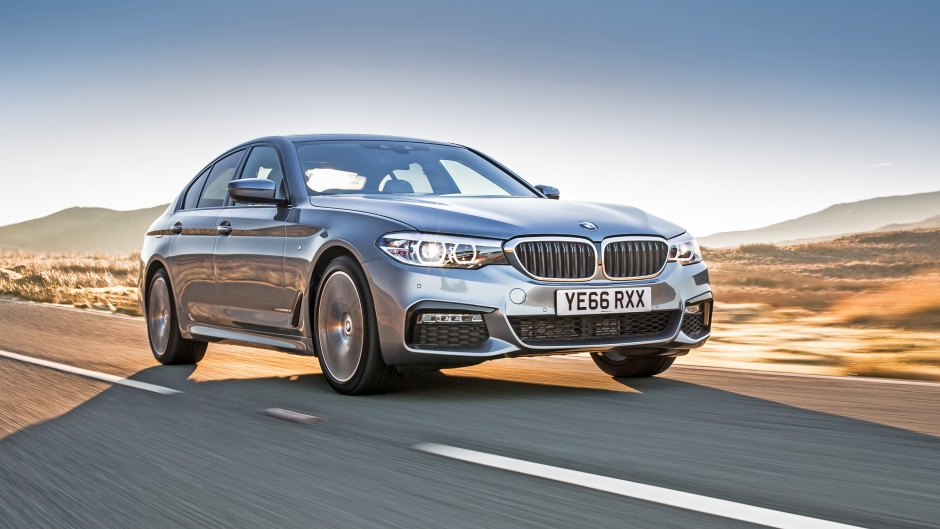
BMW AdBlue models
Since 2015, some diesel-powered versions of the BMW 5 Series, BMW 7 Series, BMW X5 and BMW X6 have been fitted with an AdBlue system. Some models have tanks that are refilled next to the fuel filler. Others need to be topped up underneath the bonnet.
As with other manufacturers, BMW dealers will refill the car for you at a price.
BMW AdBlue range
BMW says that a tank of AdBlue will last approximately 9,300 miles, depending on your driving style, which means that it’s likely to need refilling between services. When the car detects that it has around 1,000 miles' worth of AdBlue left, then a warning light will come on. When there are 500 miles to go, you’ll get a countdown of the remaining range. Once empty, the car won’t start.
AdBlue Citroen
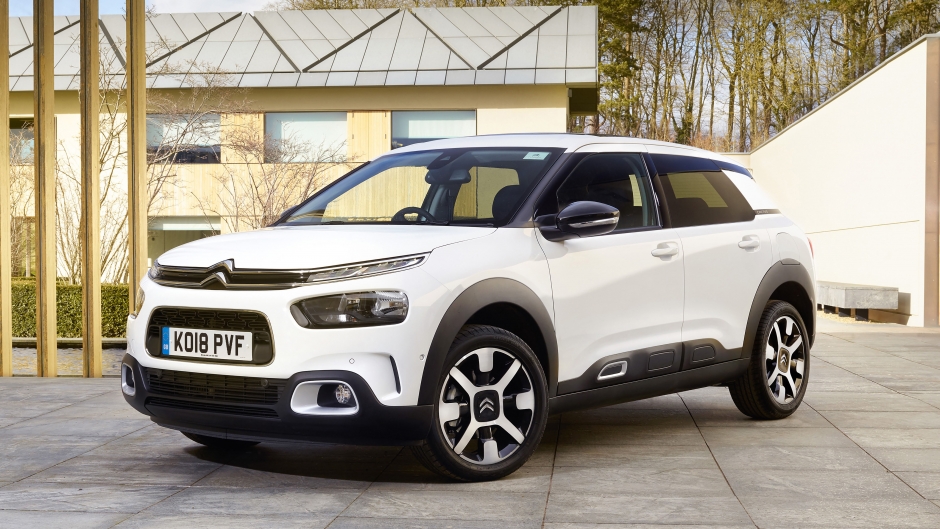
Citroen was one of the first car manufacturers to use the Adblue system, which is fitted to diesel cars that have BlueHDi engines. Because the engines are fitted to most of the Citroen range, dealers are extremely familiar with it, and charge around £10 to fill cars up if the warning light comes on before your next service is due.
Citroen AdBlue range
Most cars will manage around 12,500 miles between AdBlue top-ups according to Citroen, which fits its cars with bigger tanks than other manufacturers.
When the warning light comes on, the car will countdown the number of miles left until the tank is expected to run dry, at which point the car will no longer start.
AdBlue Jaguar

Jaguar AdBlue models
From 2016, every diesel Jaguar has been fitted with an AdBlue system, which Jaguar tends to call diesel exhaust fluid (DEF). In the XE, XF and XJ, it’s refilled through an opening in the boot. The F-Pace has its filler cap behind the fuel flap.
Jaguar AdBlue range
This varies considerably, depending on the size of the tank fitted to the car. XE models fitted with the 163 horsepower (hp) diesel engine have a small 9-litre tank, which means that you may only make it 3,300 miles before the warning light comes on. At this point, you’ve got around 1,500 miles before the tank runs dry and the car won’t start.
If your XE model has the 180hp engine, then it will be fitted with a larger 16-litre tank, giving it a range of between 7,000 and 7,800 miles before the light comes on.
You can expect a range of between 6,500 and 7,200 miles in the Jaguar XJ before the low AdBlue warning, while Jaguar XF owners have between 7,600 and 8,400 miles.
All of the above cars use around a litre of AdBlue per 560 miles but the Jaguar F-Pace uses it at a faster rate of a litre per 420 miles, meaning its 17-litre tank will take you around 5,300 to 5,900 miles before you see the warning light.
AdBlue Land Rover
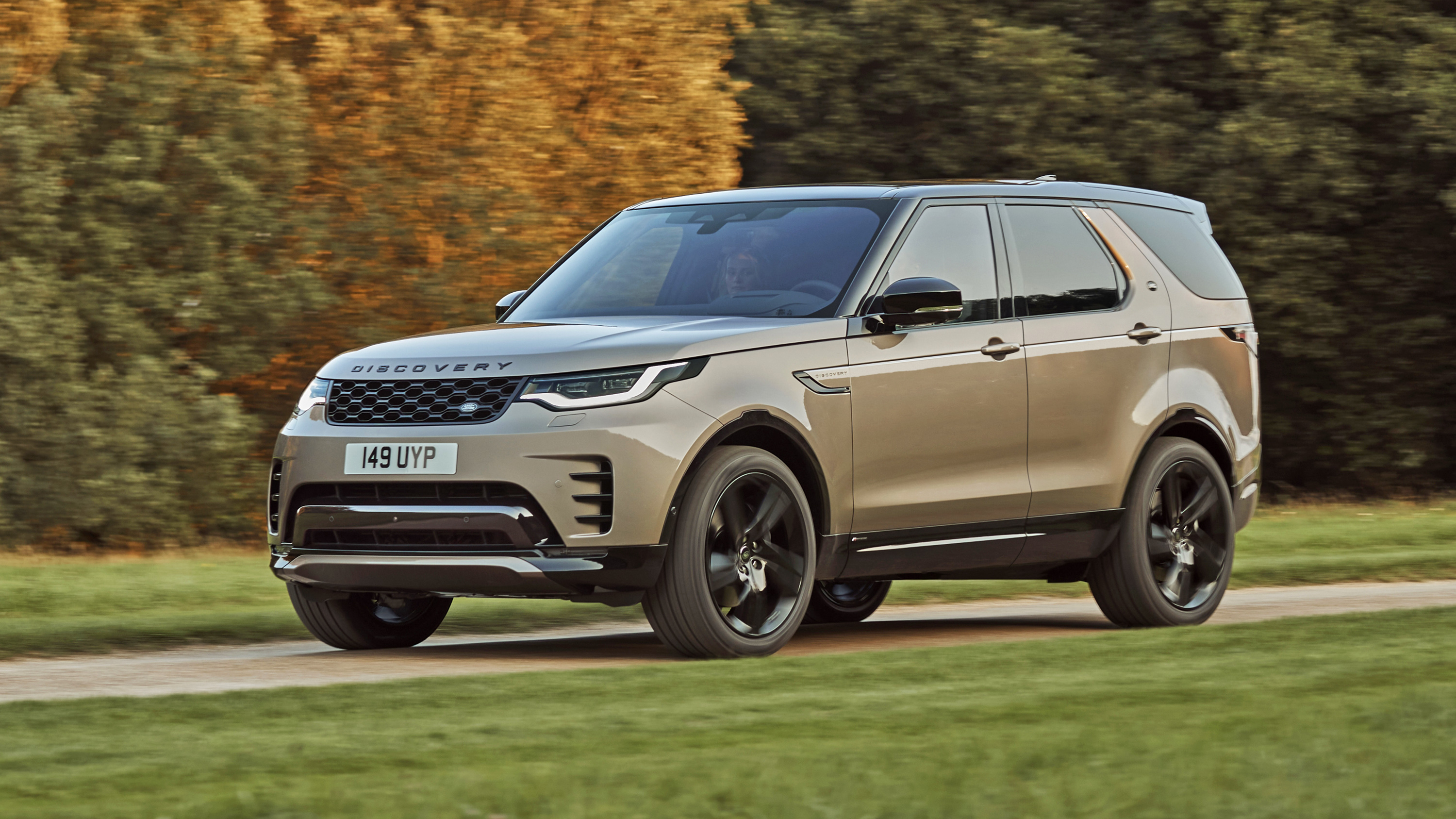
Every diesel Land Rover built since 2016, except for the old Defender, has been fitted with an AdBlue system. Land Rover tends to call it diesel exhaust fluid (DEF).
The AdBlue tanks of all new cars are refilled from underneath the bonnet. The previous-generation Land Rover Discovery, which was replaced earlier this year is filled up next to the fuel cap.
Land Rover AdBlue range
Land Rover’s guidance suggests that each of its cars uses a litre of AdBlue per 500 miles, although that will vary depending on your driving style and the car that you choose: a Range Rover Evoque is likely to use less than the larger Range Rover.
The frequency of fill-ups will also depend on the size of their tank. The Land Rover Discovery Sport and Evoque have tanks with a capacity of less than 15-litres, so you’re likely to see a warning light every 6,000 miles or so.
The Range Rover and Range Rover Sport have 18-litre tanks, which means that you may be able to travel around 7,500 miles before seeing the light come on.
AdBlue Mercedes

Mercedes cars that use the AdBlue system used to be badged BlueTEC, but the technology is now so common that most diesel Mercedes have it fitted as standard, and they are not marked out. The filler cap is typically located underneath the fuel flap.
Mercedes AdBlue range
AdBlue tanks tend to be larger in Mercedes cars, compared with rivals, which means that you may be able to avoid refilling it between services, when the procedure can be carried out by a mechanic. The E-Class, for example, has a 25-litre tank, which is almost double the average size.
It’s worth checking how much you’ll be charged for the refill: it may be cheaper to do it yourself beforehand.
AdBlue Peugeot
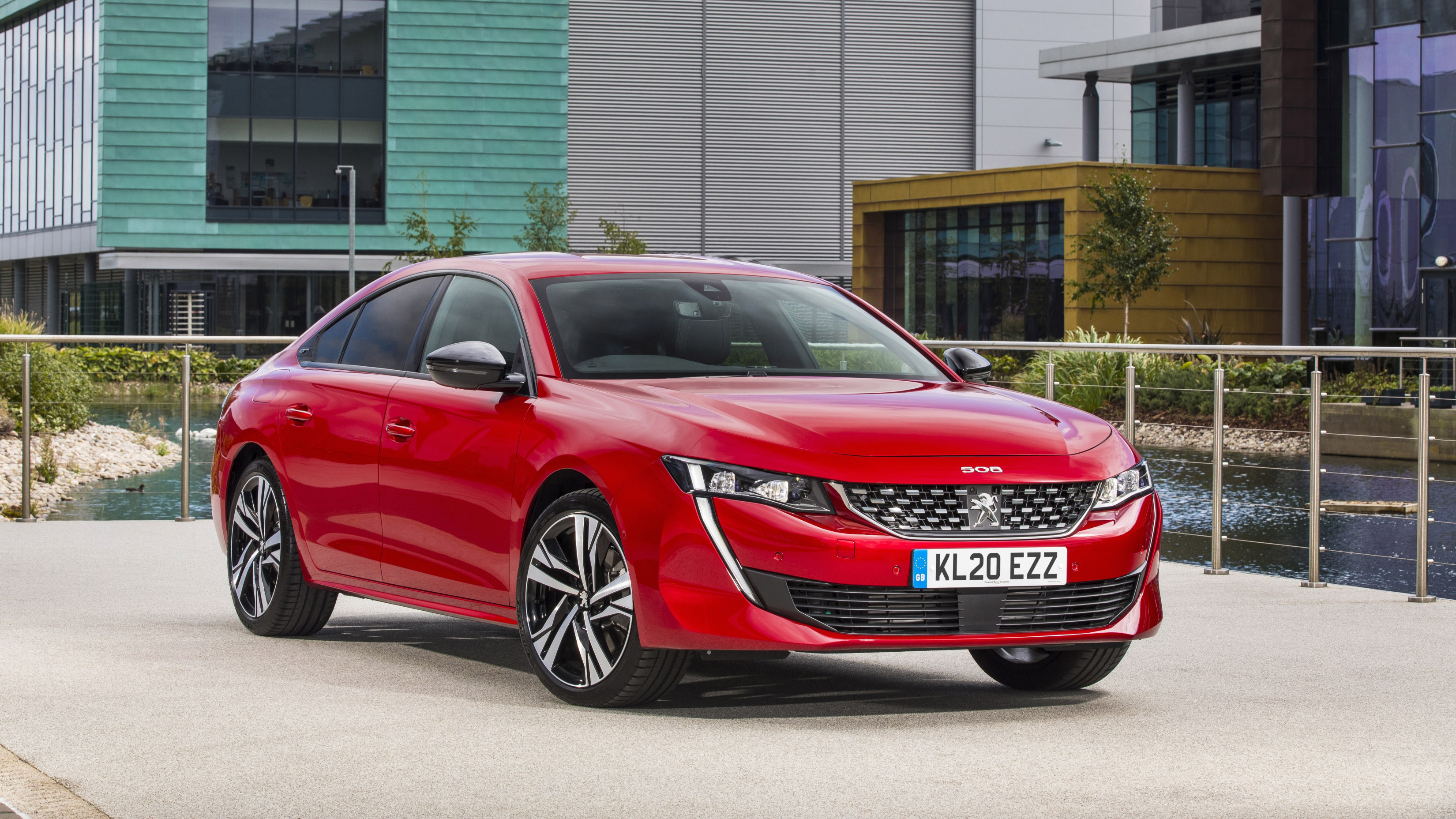
Diesel cars in Peugeot’s range are badged BlueHDi, indicating that they use the AdBlue system.
The cars typically have a filler flap in the boot - often in the spare wheel compartment, which can mean that it’s not straightforward to get to.
Peugeot AdBlue range
Peugeot says that its cars should manage around 12,500 miles between top-ups, so most drivers should have their cars topped up as part of their service, although you might find it cheaper to do it yourself beforehand.
That said, if the warning light comes on, then Peugeot has been offering a ten-litre top-up for a reasonable £9.99, although that price could be increased at any time.
AdBlue Vauxhall
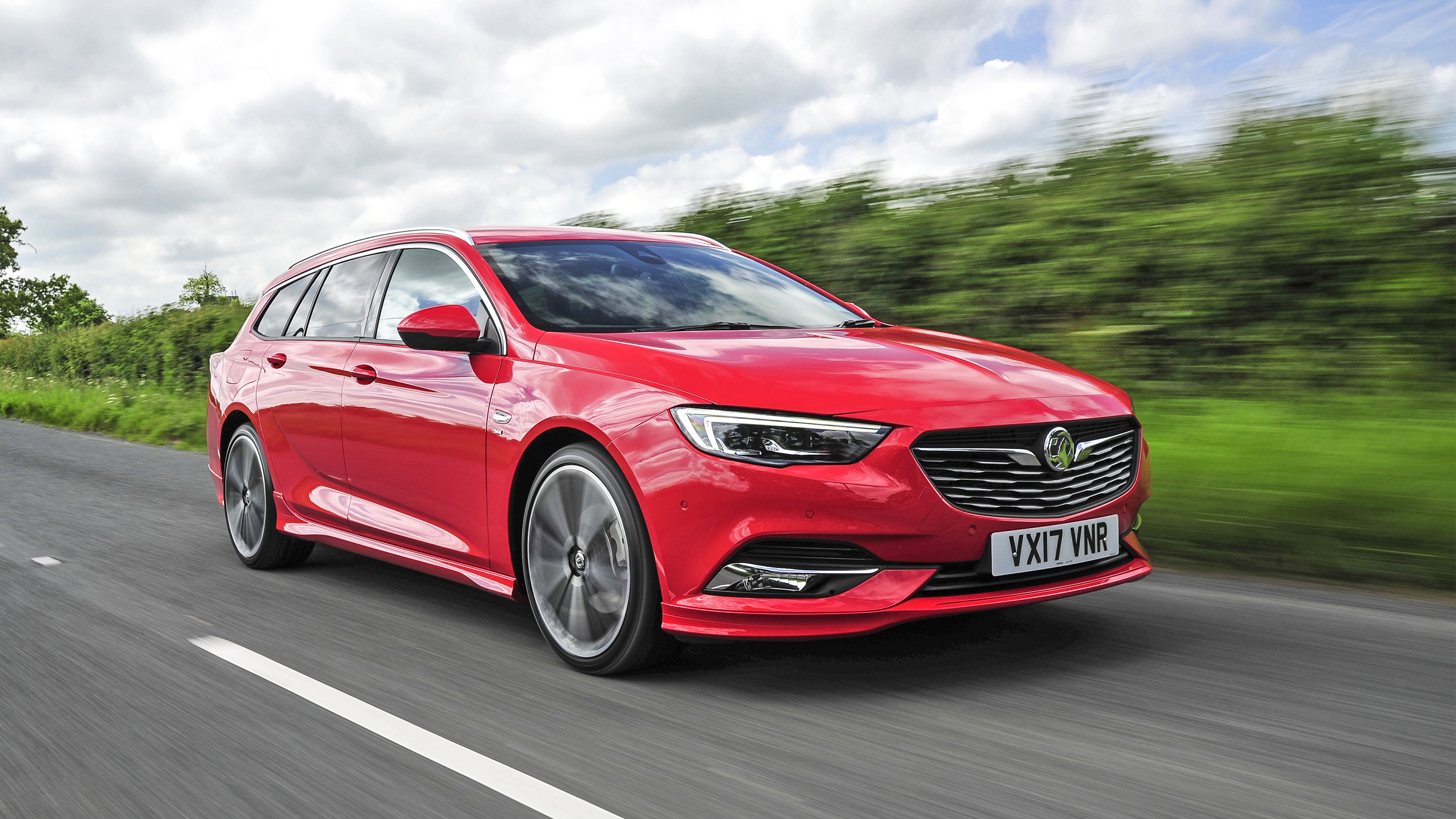
Vauxhall AdBlue models
Vauxhall uses the label BlueInjection for engines that work with AdBlue. At the moment, its 1.6-litre and 2.0-litre CDTI diesel engines use the technology.
Vauxhall AdBlue range
Vauxhall estimates that cars with the 2.0-litre engine will be able to drive around 2,485 miles between refills. Those with the 1.6-litre engine are said to manage just over 4,000 miles. You’ll get a warning when the tank has a range of fewer than 1,500 miles.
When the level of AdBlue drops so far that the car expects it to run out in the next 560 miles, then your speed will be limited to 60mph. At critically low levels, your speed is limited to 30mph. Once the tank is empty, the car won’t start.
AdBlue VW
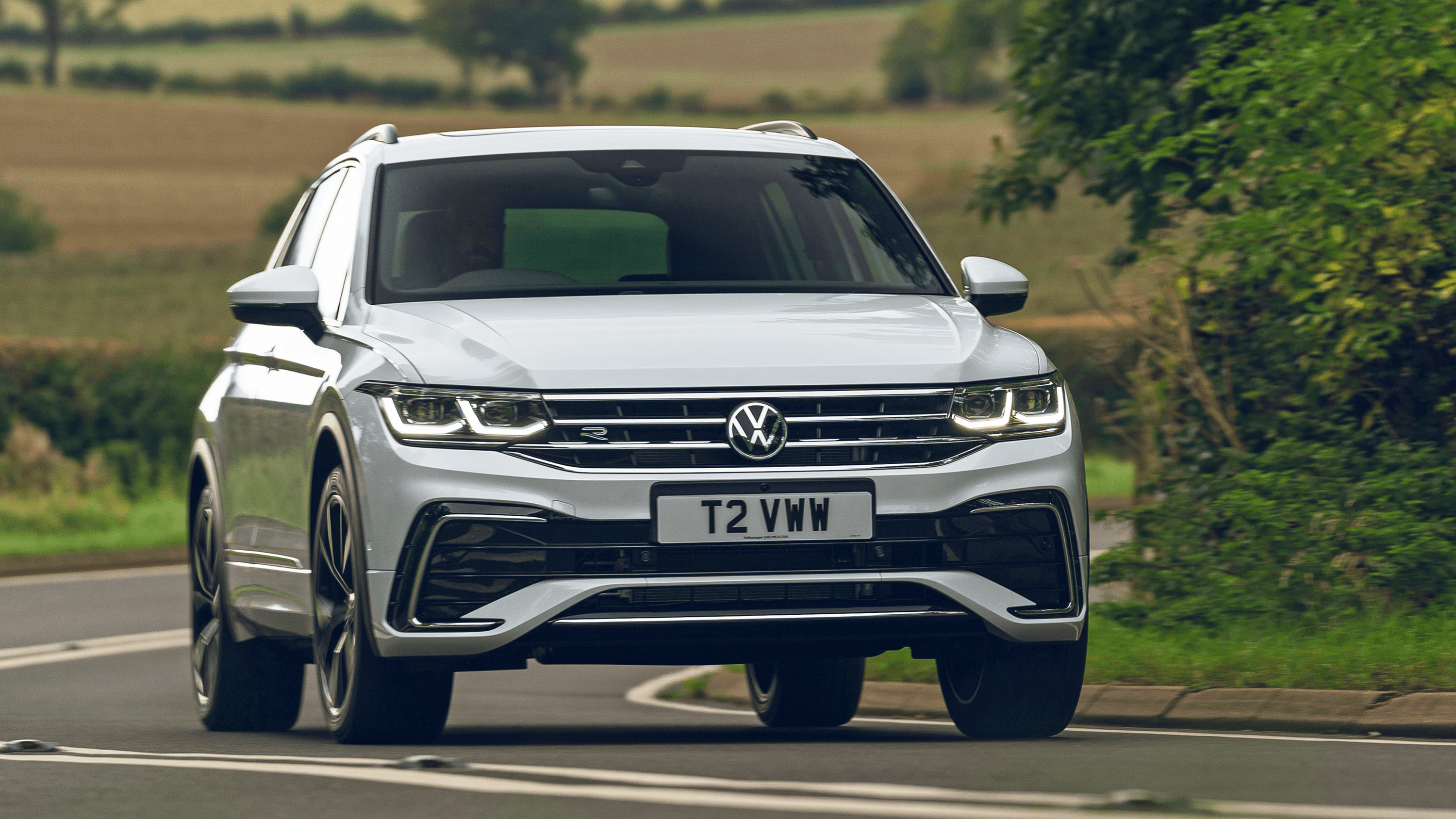
Volkswagen AdBlue models
Volkswagen adds the initials SCR to the full name of its cars that use AdBlue, including diesel versions of the VW Passat, VW Tiguan, VW Touareg and VW Touran.
VW AdBlue range
The Tiguan, Touran and Passat will go for around 4,000 miles before the AdBlue drops to a level that triggers a warning light. The Touareg can manage around 6,000 miles before it gets to that level. Once the tank is empty, the cars won’t start.
You can top the car up yourself; Volkswagen encourages you to take your car to a dealer, so makes it straightforward to book in a top-up, although this might be more expensive than doing it yourself.
